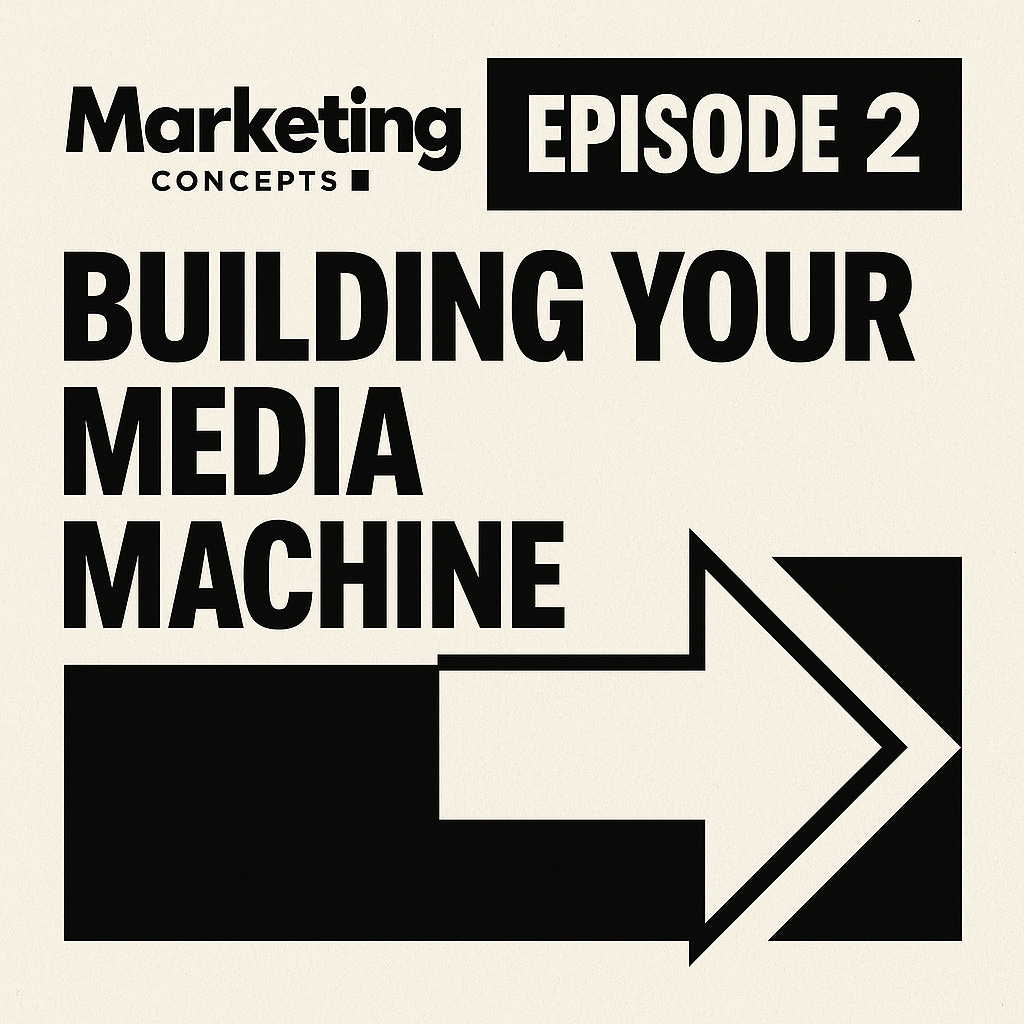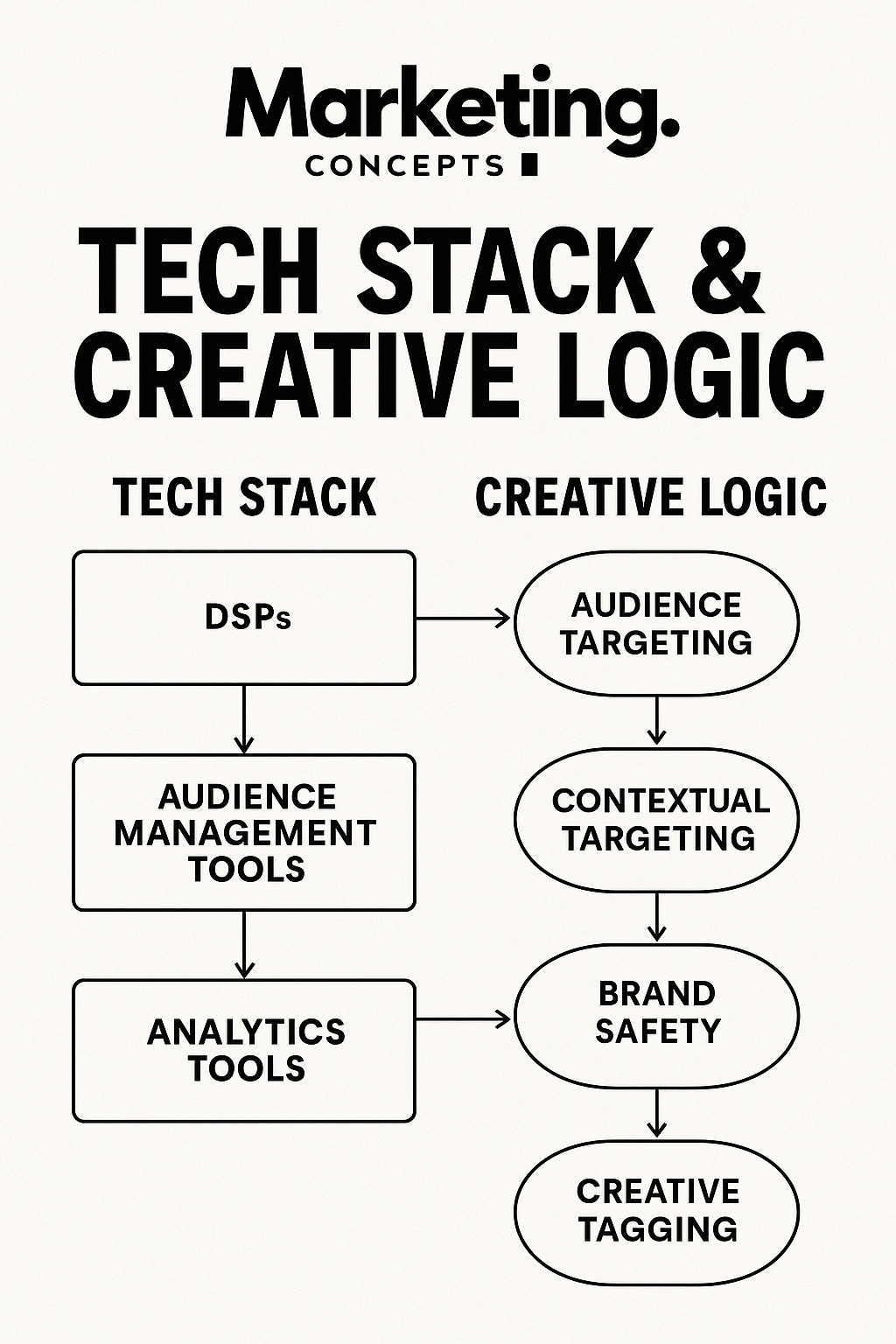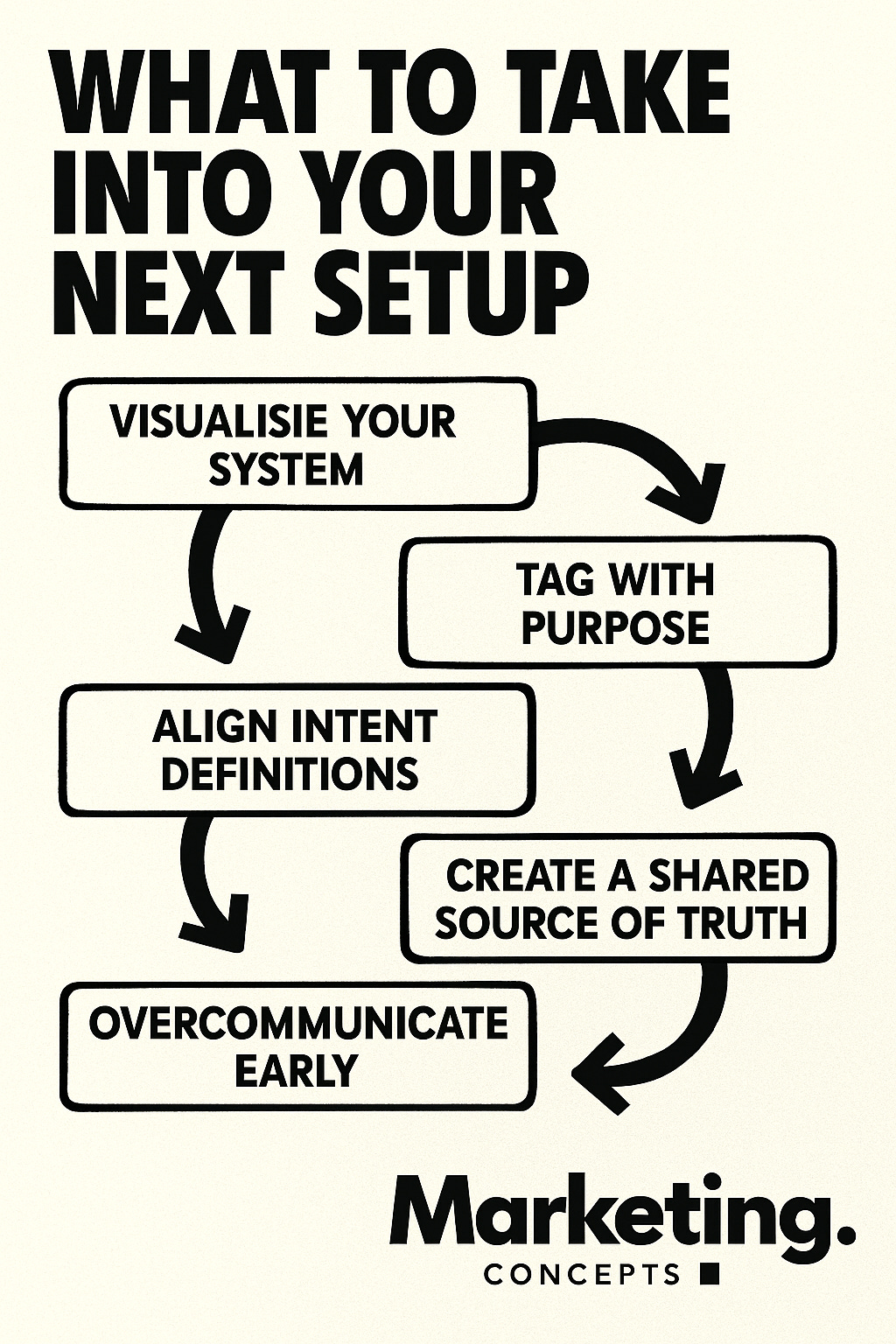Omnichannel Orchestration: Episode 2 — Setting Up the Media Machine
From abstract ideas to functional systems: how to architect your campaign to work before it even launches
This is Post 2 in the Omnichannel Playbook Series — Published Weekly
Missed Episode 1? Start here — it introduces the chaos, the stakes, and the vision.
The Hidden Cost of Complexity
You’d be surprised how many “omnichannel” campaigns are stitched together like patchwork — spreadsheets emailed between agencies, disconnected creative tags, CDPs and DSPs that don’t speak the same language, and attribution flows built on assumptions rather than logic.
It all looks good in the planning doc. But when the campaign launches, reality bites.
What actually powers performance isn’t the media plan — it’s the invisible infrastructure underneath it.
Before the first impression was ever served, here’s what had to happen:
The Stack You Should Consider (and Why)
Most Omnichannel Campaigns Run Across:
Channels: BVOD (7Plus, 9Now), SVOD (YouTube CTV), Display, Audio, PDOOH (Vistar), Social (Meta, TikTok, etc.), Search (Google)
DSPs: The Trade Desk, DV360, etc.
CDPs: Segment, mParticle, or Tealium — pushing segments into DSPs, media channels, and web/product analytics
Data & Analytics:
Web Analytics: Adobe, GA4
Product Analytics: Amplitude, Mixpanel
Databases: Azure, BigQuery
Creative Layer:
Tagged by format, message, funnel stage, and version
It’s not just the stack. It’s the synergy — data, creative, media, and measurement pulling in the same direction.
If your campaign stack isn’t built to talk to itself, it’ll fail at scale. You’ll misattribute. You’ll overpay. You’ll underperform without knowing why.
Real Talk: It Takes Weeks to Get This Right
This is the part no one tells you.
Creative teams need to relabel files with intent-based tags — e.g.
F_HighIntent_Display_15s_RateComparisonCDP audiences must be rebuilt based on recency windows and intent scores — not just demographics
Analytics events need to segment time-of-day performance across all channels
And yes — you'll end up recording Loom explainers for every stakeholder (including platform reps) just to keep everyone aligned
Why This Matters
If your systems aren’t aligned, your team will default to:
Blaming the platform (Meta’s underdelivering! Google’s too expensive!)
Misreading performance (CTR is up — but conversions are down… why?)
Reacting to noise, not signal
By the time the campaign is live, you’ve already committed 80% of your outcome potential.
The setup phase is where you either build flexibility, or bake in fragility.
What to Take Into Your Next Setup
Visualise Your System: Map your stack. Make it visible. Share it.
Tag With Purpose: Every creative should include channel, funnel stage, and versioning logic.
Align Intent Definitions: Make sure every platform, tool, and stakeholder agrees on what a qualified user looks like.
Create a Shared Source of Truth: Use Notion, Confluence, or Airtable to document all platform integrations, business rules, and tagging schemas.
Overcommunicate Early: Build time into the pre-launch phase for alignment, not just asset delivery.
Up Next — EP03: The Things That Broke First
Strategy is easy. Execution is brutal. Next week I’ll unpack what normally goes wrong after launch — and how to fix mid-flight issues without burning the budget.





